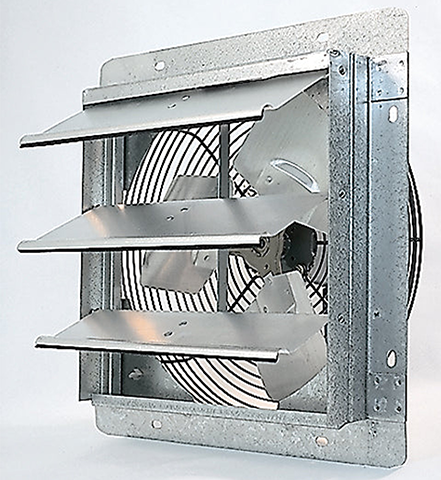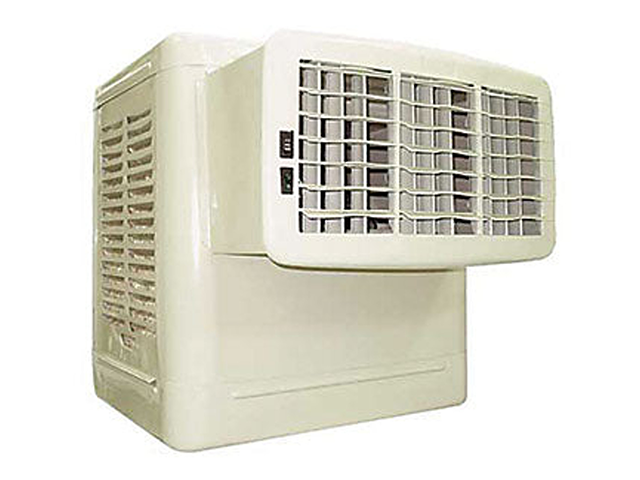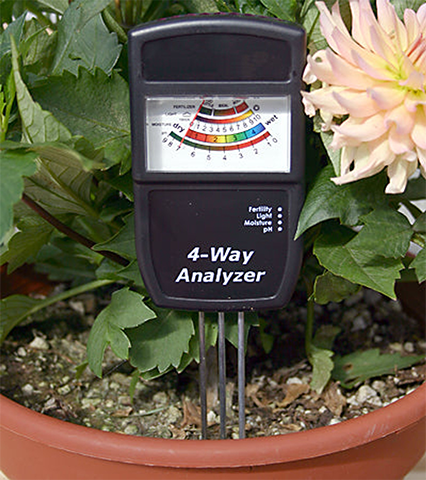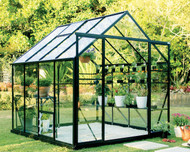How to Prepare Your Greenhouse for Spring?
As winter’s cold starts to fade and the sun’s warmth peeks through, it’s the right time to prepare your greenhouse for spring. Setting it up for the season is crucial for a good harvest. Learn the key steps to freshen up your greenhouse and make it the best place for your plants to grow strong.
Cleaning Your Greenhouse
Thoroughly cleaning your greenhouse is the first step in preparing for the upcoming season. Over the winter months, your greenhouse may have accumulated plant debris, soil, mold mildew, and other unwanted materials. To spruce up your growing space, follow these steps:
- Remove old plant material. Start by clearing out any plant debris accumulated over the winter months, including dead plants, fallen leaves, and spent soil. These can harbor pests, diseases, and mold, posing a threat to your new plants.
- Deep clean surfaces. Wash all interior and exterior surfaces with warm, soapy water and a non-abrasive sponge. Pay special attention to the polycarbonate panels, frame, workbenches, shelves, and pots. Hose out the greenhouse with fresh water and open the doors and vents to allow the interior to air-dry.
- Clean the exterior. Make sure to clean the exterior of your greenhouse as well. Dust, dirt, and grime can accumulate on the outside, reducing sunlight penetration and affecting the greenhouse’s efficiency. Use a soft brush or cloth to gently clean the exterior panels, ensuring maximum light transmission.
Checking and Repairing Greenhouse Structure
After a deep clean, inspect your greenhouse for damage that may have occurred during the winter months. Look for cracks, holes, or warped frames that could compromise its structural integrity. Repair any issues promptly to ensure a stable and secure environment for your plants.
Don’t forget to assess the insulation of your greenhouse. Proper insulation helps maintain a consistent temperature, preventing excessive heat loss during colder nights and keeping plants comfortable. If damaged or inadequate, consider upgrading or replacing it to optimize the performance of your greenhouse.
Pest Control and Disease Management
Before introducing new plants, inspect for lingering pests or diseases. Common greenhouse threats include aphids, whiteflies, spider mites, fungus gnats, and powdery mildew. Also, remove and destroy any diseased plant material to prevent its spread.
Consider using integrated pest management (IPM) tactics, such as introducing insects such as ladybugs or lacewings, setting out insect traps, or applying insecticidal soaps or horticultural oils.
Consistently monitor for new pest arrivals and treat them immediately. Practicing good sanitation by clearing debris and footbaths at entrances can prevent many diseases from attacking your plants. Start with a clean slate to avoid difficult pest and disease issues later.
Checking Irrigation System
Spring seedlings and well-established plants need a consistent water supply, so ensure your irrigation system is in good working order. Flush out any hard water buildup, mineral deposits, or clogs in pipes, drip lines, misters, or sprinkler heads. Inspect the system for leaks or damage and make necessary repairs.
Ensure proper drainage as well by clearing drainage areas and avoiding standing water that can lead to root rot, fungal growth, and other plant health problems. Consider installing a drainage system or raising your plant beds if necessary.
Greenhouse Ventilation and Humidity Control
Adequate ventilation is critical for maintaining the ideal temperature, reducing disease risks, and replenishing CO₂ levels that plants need to thrive.

Start by checking that all exhaust fans, roof vents, side louvers, and automated vent openers are functioning correctly. An even distribution of intake and exhaust vents will create optimal airflow patterns.

Use a hygrometer to monitor humidity levels carefully, as most greenhouse plants prefer 80-90% humidity. Running a dehumidifier may be needed in warm, humid climates, while humidifiers or evaporative coolers could be used in drier areas.

Organizing the Greenhouse
Spend some time thoughtfully planning the layout and setup of your greenhouse to get the most efficiency and productivity out of your space. Keep the following in mind:
- Strategic grouping. Arrange plants by lighting, spacing, temperature, and water needs for simplified care and optimal growing conditions.
- Use vertical space. Hang baskets or shelves to use overhead and wall space, optimizing light exposure.
- Create storage solutions. Designate a separate area for tools and supplies, labeling containers for easy access.
Preparing the Soil
Having nutrient-rich, well-draining soil is essential for setting up your greenhouse for successful spring planting. Take these steps to ensure your soil is in prime condition:

- Conduct a soil test. Either use an at-home testing kit or send a sample to a lab to analyze pH levels, nutrient content, and deficiencies. This data is crucial for determining what additives you need to create the best soil quality for your plants.
- Amend the soil. Based on your soil test results, you may need to mix in some or all of the following:
- Compost or aged manure to increase organic matter
- Peat moss or coconut coir to improve moisture retention
- Perlite or vermiculite for better drainage and aeration
- Lime to raise the pH if it is too acidic
- Soil sulfur to lower the pH if it is too alkaline
- Pasteurize old soil. If reusing last season’s potting mix or garden bed soil, consider pasteurizing it to kill any pests, weed seeds, or pathogens. Place moistened soil in oven-safe containers and bake at 180°F for 30 minutes.
- Prepare fresh potting mix. Prepare a sterile, lightweight potting mix using a base like peat or coir combined with vermiculite/perlite, compost, and a balanced fertilizer for seedlings and containers.
- Research specific needs. Different plants thrive in various soil environments. Read up on whether the varieties you want to grow prefer more acidic or alkaline conditions, higher nitrogen levels, or better drainage.
Planting Your Seeds
With your greenhouse prepped and soil ready, it’s time to start planting! Follow these tips for a successful spring growing season:
- Reference seed packets. Note when each variety should be started indoors based on your area's last frost dates. Typically, 6-8 weeks before the last frost for most seeds.
- Follow spacing and depth guides. Plant seeds at the recommended depth and spacing per the packet instructions. Gently water them in.
- Control temperature and humidity. Most seeds need 70-85°F soil temps and 60-70% humidity to germinate. Use heat mats and exhaust fans to help regulate the temperature of your seed starter trays.
- Vent regularly. Once sprouted, open vents to prevent disease from excess humidity. Run fans to promote better air circulation.
Benefit From a Well-Prepared Greenhouse This Spring
Preparing your greenhouse for spring is the key to a fruitful and successful growing period. A tidy, well-kept, and finely-tuned greenhouse provides the perfect setting for your plants to thrive.
Explore Charley’s Greenhouse & Garden’s range of high-quality greenhouse supplies and equipment to meet all your needs when preparing your greenhouse for spring. From ventilation systems to soil additives, Charley’s Greenhouse & Garden has everything you need to create the perfect growing oasis.

